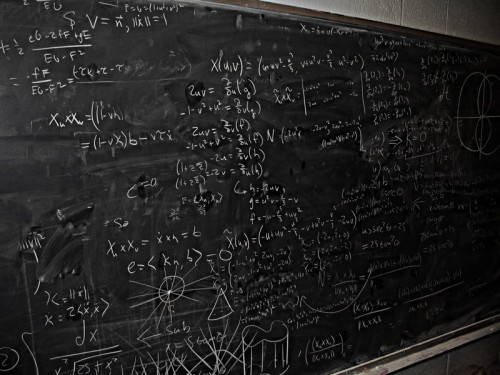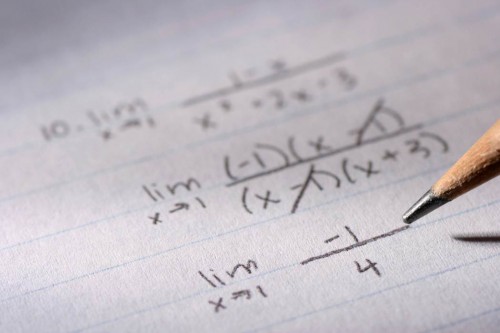
For the math enthusiast, Ian Stewart’s In Pursuit of the Unknown: 17 Equations That Changed the World is an intriguing read. But even for those who are not as fond of numbers, 17 Equations has much to offer as it explores math through a multitude of lenses.
Naturally, one of these lenses is purely mathematical. Stewart describes the book’s equations in a way that is accessible even to those with limited mathematical backgrounds. Instead of focusing on technicalities, Stewart emphasizes the “deep and beautiful patterns” that the equations reveal.

A second lens links the equations to the real world. Stewart explores how the equations have increased our understanding of the universe’s workings, touching on various topics including planetary orbits, human perception, and enzymatic function. He also expounds upon the equations’ applications in new fields such as navigation, satellite technology, image processing, computer chip design, and bioinformatics.
The final and arguably most important lens is historical. In addition to describing the origin of each equation, Stewart emphasizes the timeless impact that each equation and the technologies associated with it have had on society. In doing so, he accomplishes a notable feat, drawing parallels between the history of math and the history of the human experience.

By combining these three lenses to build a compelling story around each equation, Stewart provides numerous insights into the influence, universality, and beauty of math — insights that we can all appreciate regardless of our mathematical backgrounds. For this, Stewart earns an impressive eiπ + 11sinπ/6 out of 5 stars.
